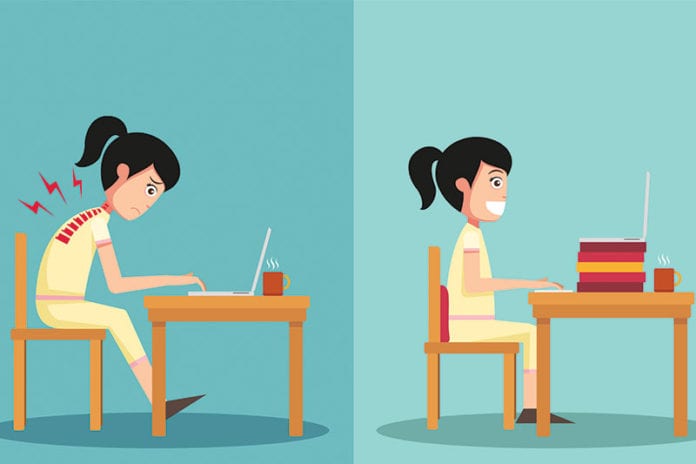Between lifting patients, constantly standing on their feet and rushing from room to room, nurses experience intense physical demand on the job. In fact, according to 2015 statistics from the U.S. Bureau of Labor Statistics, nursing ranks as one of the occupations with the most nonfatal musculoskeletal injuries.
To continue working and still remain safe, it is important for nurses to take as good care of themselves as their patients, especially when it comes to back pain. A study published in the American Journal of Public Health found that 29 percent of registered nurses experience back pain. Here is how health care professionals can do their part to protect their own well-being:
Wear the right shoes
Poor fitting shoes can contribute to back pain, shin splints and plantar fasciitis in nurses. Find shoes that are as supportive as you are! A study published in the journal Applied Ergonomics recommended that nurses select shoes with heel heights between 0.71 and 1.42 inches and substantial arch support.
Practice proper posture
The way in which you stand can also impact your risk for developing back pain. According to the Mayo Clinic, slouching puts extra strain on the muscles and ligaments, which can lead to lower back pain. To prevent this issue, stand up straight like your mother has always told you! Specifically, pull in your stomach, let your shoulders roll back and keep your chin level with the floor.
Use lifting assistant devices
The American Journal of Public Health study noted that the act of lifting patients served as a significant contributor to lower back pain in nurses. While this is an unavoidable component of the job, there are ways nurses can make this process safer. Always use lifting assistance equipment when available to put less strain on your body. Additionally, don’t be afraid to ask co-workers to lend a hand.
Exercise when you can
For a nurse, squeezing in a workout can be hard, especially when you’re exhausted from a 12-hour shift. However, getting a bit of physical activity can do wonders for preventing and managing back aches. Of course, if you experience severe pain, talk to your doctor before beginning an exercise program.
Otherwise, Harvard Medical School provided guidance on the most effective workouts. Try yoga to relax and strengthen your back muscles. If you’re not into this type of exercise, simple physical activity like walking and jogging may have similar effects.
As a nurse, you can’t properly care for patients unless you’re well yourself. Prevent and subdue back pain by picking comfortable shoes, standing up straight, using proper patient handling and getting enough exercise. By following these tips, you can protect your back while your patients are flat on theirs.
This article was republished with permission from SCRUBS Magazine.



Use the lift sheet to move the bedridden patient. Not only will it save the patient from friction burns it will save your back. 2) if the smell is making you sick, use Vicks under your nose. Year 1972